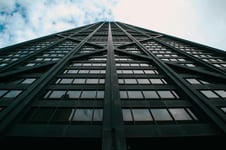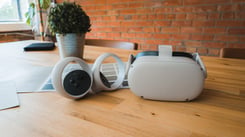Not every sales situation plays squarely to VR’s strengths but, when it comes to selling VR real estate, especially off-plan properties, virtual reality is in its element. We’ve talked before about the technology coming into its own in circumstances where something doesn’t yet exist, where it’s too complex or expensive to model, or where it’s a long way away. For off-plan property, that’s three out of three. No matter whether it’s an office to scale up in or a home to grow old in, buying property is an inherently expensive and emotional process. Decisions made can have a long-term impact, both good and bad, and are infinitely more difficult to make when there is no physical structure to stand in, or community to walk through. Enter VR real estate sales.
So why do people do it?
For property buyers, purchasing off plan can have its benefits. In hot markets, securing a property before a new development has been finished (or, even in some cases, started) can mean its value has already risen by the time it’s finished. For developers, selling the bulk of new properties early in the construction phase can dramatically reduce the financial stresses inherent in any sizable building project. But those benefits are typically weighed against the risks of not actually getting to see what you are spending so much money on.
So how can VR Real Estate applications help?
The answer to this is two-fold; VR real estate previews can both streamline the mechanics of selling a property and help to create emotional connections with buyers that would be almost impossible to replicate any other way.
The Mechanics
Traditionally, off-plan sales are conducted from a sales suite near to the development site. Tools of the trade have usually included floor plans, computer-generated 2D images of various finished rooms and communal spaces and a selection of sample materials i.e. kitchen cabinets, bathroom tiles, taps, handles, carpets, flooring, lights, etc.
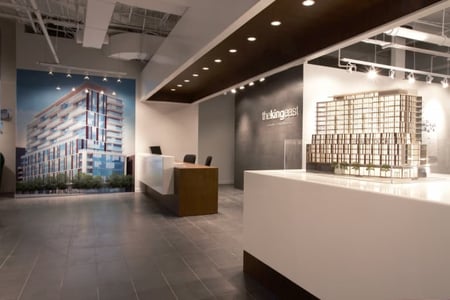
In order to make an ‘informed’ decision, the buyer is being asked to picture the innumerable, disparate elements that make up a new property and decide if what they visualize is a place they could live, work or invest in. Sounds challenging. Just imagine if every possibility could be created virtually and viewed as if it were real, now? It can be and it already is.
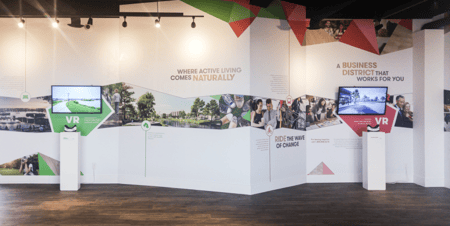
Entire property layouts, created in virtual reality, are now able to demonstrate every possible configuration of a design without the need for the pile of 2D images. By stationing VR headsets in sales centers, visitors can control their own immersive tour through a proposed property, moving from room to room, understanding the depths and dimensions and taking in the environment from a multitude of vantage points. Virtual tours can be taken as easily from prospective buyers in other cities, countries or continents. A South China Morning Post article Yulio featured in last year, outlined how rapid the rise was becoming in VR real estate sales use by overseas property dealers and investors. Every permutation in finish choices can be accounted for in the VR experience meaning no need for countless samples. Potential buyers can view and switch between combinations of finishes until they find a perfect one to match their style.
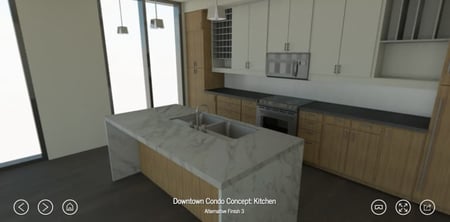
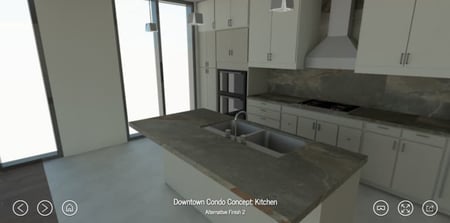
Design or specification flourishes aimed at enhancing a property’s appeal and closing more sales can also be tested by developers at almost no upfront cost. Do buyers respond better to built-in speakers, larger showers, gas hookups on balconies or real wood floors? Easy to add them to the design in VR and find out which turns more heads. Layer in heatmap data to find out what people were looking at most closely, or what they looked at and did not ultimately purchase, and developers have the potential to better understand variations by demographic and market and build accordingly.
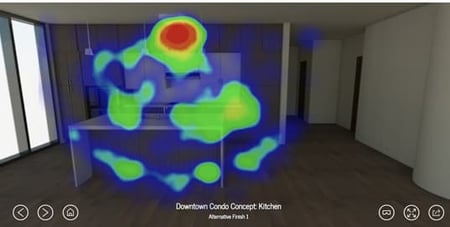
Making it Emotional
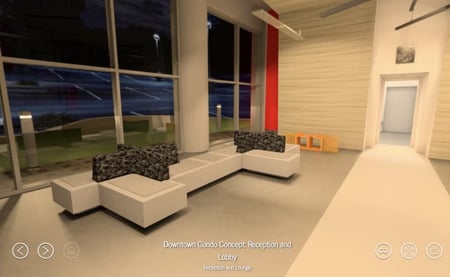
Whether to live, work or invest in, buying property off plan requires a leap of faith. The unique, virtual safety net VR is able to offer is an ability to ‘try before you buy’. Standing within a highly-detailed virtual world is as close as one can get to the real thing and being able to gain a clear sense of depth, of color and even how sunlight will affect the look and feel of the new environment, is immensely important in creating an emotional connection and bringing clarity to a decision. This is almost impossible to achieve when trying to communicate complex unbuilt spaces using mocked-up photos and floor plans and is far more effective at ensuring the eventually completed property matches a buyer’s expectations. Using imagery captured with drones, developers can incorporate the exact views buyers would experience from high rise apartments as well as provide views of streetscapes and proximity to neighboring amenities and attractions. For developments selling dreams of vibrant new communities with inviting public spaces, using virtual reality, these environments can be brought to life in an idealized way. VR real estate experiences can be created which combine rich visuals and ambient sounds, able to give prospective buyers a glimpse of the future atmosphere and help them visualize themselves as a part of it.
With a lot at stake in the business of off-plan property buying, both buyers and sellers need all the help they can get in successfully bridging gaps between design vision and client perception. And while VR wasn’t designed solely for this, it might as well have been. To learn more about VR and bringing it into your sales process, sign up for our free 5-day email course or check out our industry overview presentation.



.jpg?width=245&height=150&name=active-adult-beautiful-1799244%20(1).jpg)
